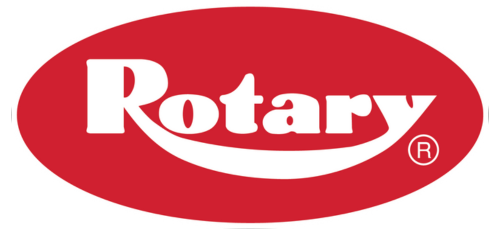Managers of fleets, both large and small, are in a unique position to make big changes when it comes to going green. Upping sustainability in both fuel consumption and fleet maintenance can do a lot to reduce a company’s overall environmental footprint. If you’re in charge of managing a fleet, here are three ways to go green:

- Choose the Right Vehicles. When examining efficiency, your vehicles are the first place to explore. If you have an aging fleet, just updating to newer vehicles could make a big difference as vehicle manufacturers continually seek new ways to go farther with less fuel. Hybrid or electric options could take it another step.
No matter which possibility you pursue, the key is to think about how vehicles are used. Hybrid vehicles offer the biggest fuel savings (compared to non-hybrid vehicles) when used in stop-and-go traffic. Their regenerative braking systems collect energy that’s usually lost during braking, and the battery helps with acceleration after a stop (when traditional engines take a big gulp of fuel). Fleets with mostly highway miles will see fewer savings.
- Make Day-to-Day Changes. Your fleet routes and drivers are another important component. Fleet managers should:
Examine routes for efficiency options. Over the course of months and years, even small improvements to your drivers’ routes can significantly reduce your fleet’s environmental effect. Is there any way to achieve more with fewer trips or miles? Hunt for ways to improve efficiency while on the road.
Train drivers on efficient operation. In addition to where they’re going, how drivers operate vehicles can make a big difference. Things like unnecessary idling, hard braking, quick acceleration and driving above the speed limit can burn through fuel unnecessarily.
- Don’t Overlook Fleet Maintenance. Every element of your operation can help or hurt your efficiency goals, and that means the equipment and facilities you use to repair your vehicles matters. If you perform maintenance and repairs in-house, consider:
Whether your lifts are helping the cause. No matter which type of lift you choose for your shop, look for the greener option. If you go with an in-ground lift, for example, look for one that’s fully enclosed underground to protect the surrounding soil and groundwater from harmful fluids.
Also consider recyclability. Rotary’s in-ground lifts are made of 90% steel components by weight, which can be reclaimed at the end of the lift’s lifecycle. Similarly, our SmartLifts are made from recycled materials, and they’re bio-fluid compatible.
The size of your shop. A smaller facility uses less electricity for heating, cooling and even lighting. Your day-to-day maintenance requirements determine the size of your shop to a certain degree, but space-saving equipment can help you do more with less. Mobile column lifts, for example, take up very little space in a shop, and they’re highly versatile. You can roll them into place as needed, then roll them out of the way.
- Spread the Word. Finally, get everyone in on the plan. Share your efficiency goals with both drivers and technicians to get them on board. They may be able to see opportunities for day-to-day improvements you haven’t thought of, and it’s always wise to get all parties on the same path. Working together, your fleet team can make a big difference.
Need help deciding what lift is best for your shop? Our Lift Buyer’s Guide can help.
{{cta(‘142a6f0f-4285-42d5-9033-af631d2fa51b’)}}
